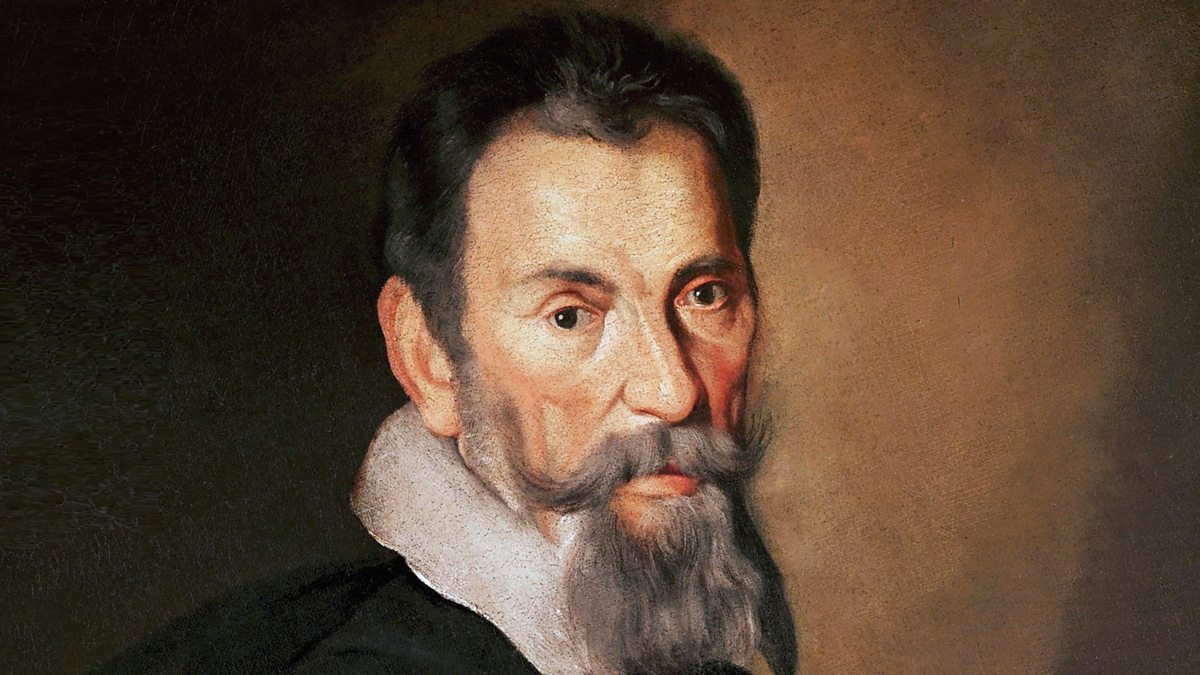The History of Selva Morale e Spirituale by Claudio Monteverdi
Selva Morale e Spirituale (The Moral and Spiritual Forest) is one of the most significant sacred music collections of the 17th century, composed by the influential Italian composer Claudio Monteverdi. Published in 1641, just two years before his death, this monumental work represents the culmination of Monteverdi’s long and illustrious career, and it stands as a testament to his mastery in blending the expressive innovations of the early Baroque with the sacred traditions of the Renaissance.
Context and Background
By the time Monteverdi published Selva Morale e Spirituale, he was already in his seventies and had served as maestro di cappella at St. Mark’s Basilica in Venice for nearly 30 years. His tenure in Venice was marked by prolific creativity and innovation, not only in opera and secular music but also in sacred compositions.
Monteverdi lived during a time of great transition in music history. He was a pioneer of the new seconda pratica style, which emphasized emotion, text expression, and dramatic contrasts—features that had been mostly absent from the more restrained prima pratica of the Renaissance. In Selva Morale e Spirituale, Monteverdi applies these modern techniques to sacred texts, producing music that is both spiritually profound and musically adventurous.
Structure and Content
Selva Morale e Spirituale is not a single unified work, but rather a collection of 37 pieces composed over a number of years, gathered into one volume and published in Venice by Bartolomeo Magni. The collection includes:
- Mass settings
- Psalms
- Hymns
- Antiphons
- Motets
- Marian hymns
- A Magnificat
The title itself, Selva Morale e Spirituale, can be interpreted metaphorically. “Selva” (forest) suggests a rich and varied collection, while “Morale e Spirituale” emphasizes the dual nature of the content—aimed at both moral instruction and spiritual devotion.
The music ranges from grand, multi-choir settings suitable for the acoustic splendor of St. Mark’s Basilica, to more intimate, soloistic pieces with basso continuo. This variety reflects Monteverdi’s deep understanding of both the large-scale ceremonial needs of the Venetian liturgy and the more personal aspects of religious devotion.
Notable Features and Innovations
Monteverdi’s use of expressive dissonances, rhythmic freedom, and dramatic word painting in Selva Morale e Spirituale marks a significant evolution in sacred music. He masterfully blends traditional contrapuntal techniques with modern expressive devices. Particularly striking is the Mass for Four Voices, which pays homage to Palestrina-style polyphony while incorporating Monteverdi’s more modern harmonic language.
Another highlight is the “Beatus Vir”, which has become one of the most frequently performed works from the collection. It vividly illustrates Monteverdi’s ability to combine lively rhythms, joyful melodies, and sacred text in a compelling musical expression of faith.
Legacy and Significance
Selva Morale e Spirituale is considered Monteverdi’s most important sacred publication after the Vespro della Beata Vergine (1610). While the 1610 Vespers showcased Monteverdi’s early sacred style, the Selva offers a more mature and reflective body of work, infused with the dramatic flair he developed through his later operas.
This collection played a crucial role in shaping the future of sacred music. It bridged the Renaissance and Baroque periods and helped set the stage for later composers such as Heinrich Schütz and Johann Sebastian Bach. For modern audiences and performers, it provides a deep and varied repertoire that captures both the grandeur and the intimacy of Baroque sacred music.
Conclusion
Selva Morale e Spirituale stands as a crowning achievement of Claudio Monteverdi’s career. It encapsulates his lifelong artistic journey and his devotion to both innovation and tradition. Through this collection, Monteverdi left an enduring legacy that continues to inspire musicians, scholars, and listeners over three centuries later.


Comments are closed